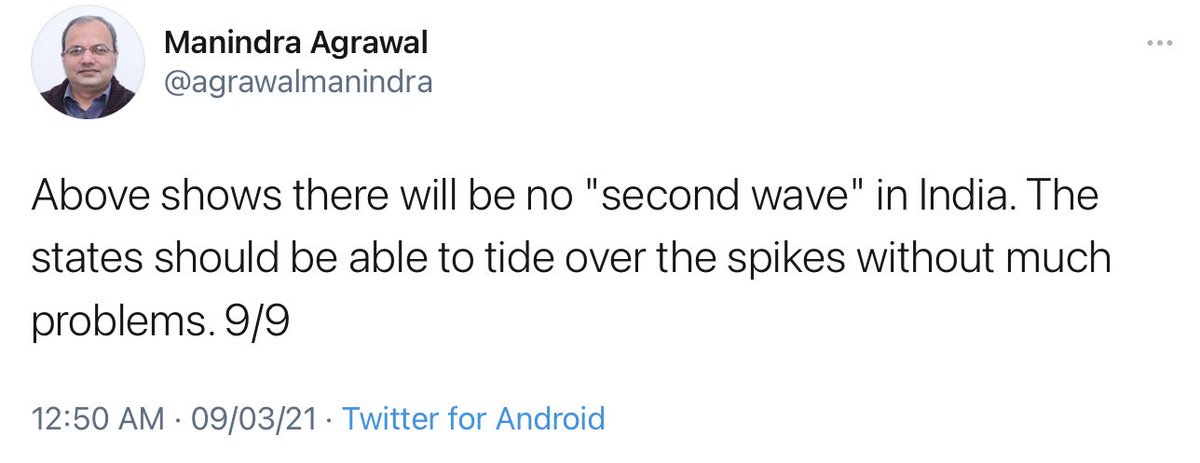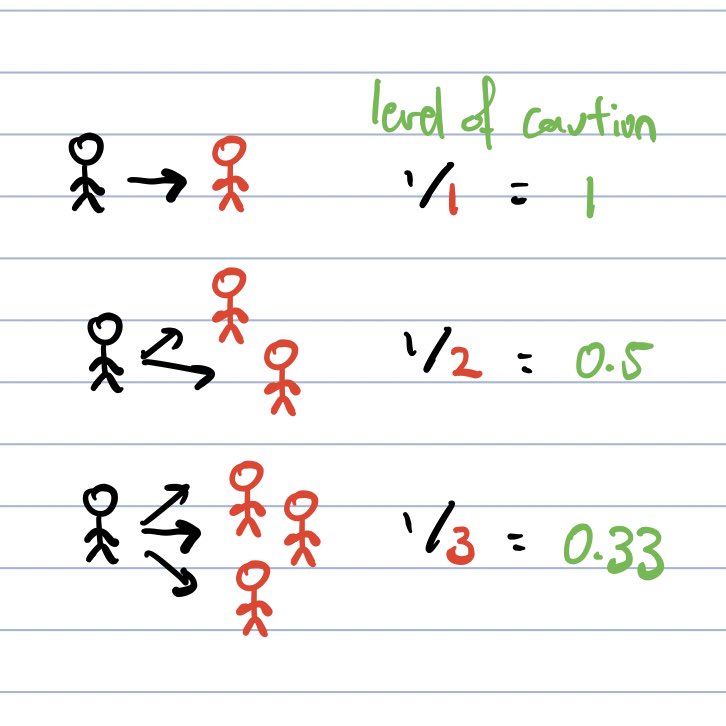
Indian science funding is stalling.
India has historically made large public investments in science. But now govt support is flat (in $) and decreasing per scientist (with PhD numbers as proxy). When government steps back, private entities will be able to set the agenda.
Thread
India has historically made large public investments in science. But now govt support is flat (in $) and decreasing per scientist (with PhD numbers as proxy). When government steps back, private entities will be able to set the agenda.
Thread

There are many reasons the nominal cost of research goes up:
1. More scientists.
2. Inflation raises costs of supplies, salaries.
3. Cost of new technologies.
We can't just track inflation rate for bunsen burners: we need cryo-EMs and DNA sequencers too. New tech is expensive.
1. More scientists.
2. Inflation raises costs of supplies, salaries.
3. Cost of new technologies.
We can't just track inflation rate for bunsen burners: we need cryo-EMs and DNA sequencers too. New tech is expensive.
For example, the Department of Biotechnology's annual budget from 2017/18 to 2018/19 is flat, at less than $400 million (see top of thread). The dollar exchange rate matters, because new technologies are often not locally available. Indigenization will help, but only marginally.
In comparison, a SINGLE research institute in Israel, the Weizmann Institute, had a 2017 operating budget of $425 million (1.5 billion New Israeli Shekel), supporting 274 laboratories, 332 MSc students, 729 PhD students, and 372 post-doctoral researchers. weizmann.ac.il/board/sites/bo… 

About a third of Weizmann funds come from the Israeli government. The rest come from international grants, industry sources, philanthropy. Very little (less than 15%) comes from tech transfer and patents. This funding mix is difficult to achieve in India currently. 

The Indian government has suggested 30% of operating costs of basic academic research should come from non-governmental sources. But such sources are beyond public scrutiny. What happens when a small group of philanthropists and industrialists (via CSR) suddenly set the agenda?
Conversely, pushing govt funds into applied research crowds out private risk capital. Why would a company invest in, e.g., solar tech, when a govt-funded entity does the same? Such govt-supported research, in the absence of a profit motive, rarely leads to marketable products.
Government funding of science can be counter-cyclical. In an economic slowdown, any fiscal stimulus must go into long-term investments, not freebies. Research is such an investment. Academic centres nurture and protect talent during downturns, which pays off in recoveries.
The public have been the greatest supporters of Indian science. Let the public set the research agenda, not philanthropists. Let's create bustling hubs of education and innovation. The benefits are there for all to see: from basic discoveries to life-saving technologies.
• • •
Missing some Tweet in this thread? You can try to
force a refresh











